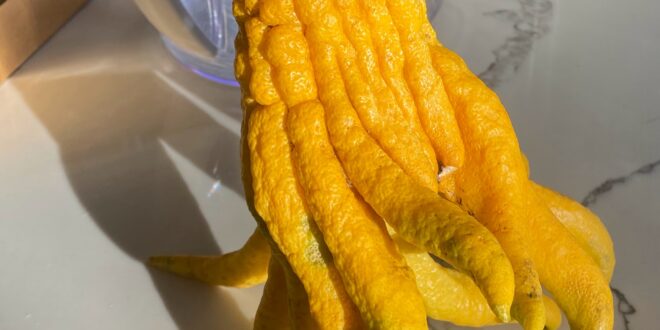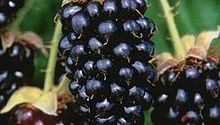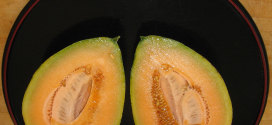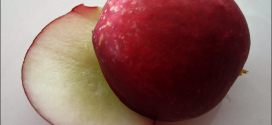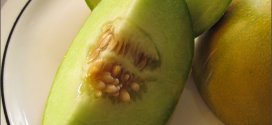How to Grow and Use Buddha’s Hand Citron
If you are looking for a unique and exotic fruit to grow in your garden, you might want to consider Buddha’s hand citron. This fruit is not only striking in appearance, but also has a wonderful fragrance and a variety of uses. Here is everything you need to know about this fascinating citrus.
What is Buddha’s hand citron?
Buddha’s hand citron (Citrus medica var. sarcodacylis), also known as fingered citron or bushukan in Japanese, is a type of citrus fruit that is native to northern India. It is named for its unusual shape, which resembles a hand with elongated fingers1
Unlike most citrus fruits, Buddha’s hand citron does not have any pulp, juice, or seeds inside. It is composed entirely of rind and pith, which are both edible and aromatic. The rind has a lemony flavor and can be used as a zest or candied, while the pith is bitter and can be used as a flavoring agent or discarded2
Buddha’s hand citron has a long history of cultural and religious significance in Asia. It is often used as an offering in Buddhist temples, as it symbolizes happiness, longevity, and good fortune. It is also displayed as a decorative item in homes and businesses, as it is believed to bring luck and ward off evil. In China, it is a common gift during the Lunar New Year, while in Japan, it is a popular New Year’s present2
How to grow Buddha’s hand citron?
Buddha’s hand citron is a shrub or small tree that can grow up to 15 feet tall. It has thorny branches, oblong leaves, and fragrant white flowers. It prefers a warm or temperate climate, and is sensitive to frost, heat, and drought. It can be grown from cuttings or grafted onto a suitable rootstock2
If you want to grow Buddha’s hand citron in your garden, you will need to provide it with the following conditions:
- A sunny location with well-drained soil and protection from strong winds.
- A large pot or container with drainage holes and a saucer to catch excess water. You can also plant it in the ground if you live in a frost-free area.
- A citrus fertilizer applied every two months during the growing season. You can also add organic matter such as compost or manure to enrich the soil.
- A regular watering schedule that keeps the soil moist but not soggy. You may need to water more frequently during hot or dry weather, and less during cold or wet weather.
- A pruning regimen that removes dead, diseased, or damaged branches, and shapes the plant to your desired size and form. You can also pinch off the tips of the fingers to encourage branching and fruiting.
- A pest and disease control program that monitors and treats any problems such as aphids, scale insects, spider mites, leaf miners, citrus canker, or citrus greening. You can use natural or chemical methods depending on your preference and situation.
How to harvest and use Buddha’s hand citron?
Buddha’s hand citron fruits ripen from winter to spring, depending on the climate and variety. They are ready to harvest when they turn from green to yellow and emit a strong fragrance. You can cut them off the branches with a sharp knife or scissors, leaving a short stem attached2
You can use Buddha’s hand citron in many ways, such as:
- Perfuming your rooms and personal items with its fresh or dried slices. You can also make potpourri, sachets, or candles with its rind and pith.
- Zesting or peeling its rind and adding it to baked goods, salad dressings, drinks, marinades, or any dish that calls for citrus zest or peel. You can also candy its rind and use it as a sweet treat or a garnish.
- Making marmalade, jam, jelly, or syrup with its rind and pith. You can also pickle its rind and pith in vinegar, salt, sugar, and spices.
- Infusing its rind and pith in alcohol, such as vodka, gin, or rum, to make a flavored liqueur or cocktail. You can also steep its rind and pith in hot water, honey, and lemon to make a soothing tea.
As you can see, Buddha’s hand citron is a versatile and delightful fruit that can enhance your garden and your kitchen. Why not give it a try and see for yourself? You might be surprised by how much you enjoy this fingered wonder.
